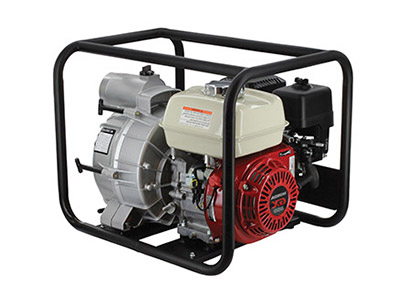Effective Water Treatment Solutions Using PAM Chemicals for Optimal Results
Overview of PAM Chemical Water Treatment
In today's world, water treatment has become critically important as water scarcity and pollution issues continue to escalate globally. One effective method of enhancing water quality and treating wastewater is through the use of Polyacrylamide (PAM), a water-soluble polymer that plays a significant role in various applications for chemical water treatment.
Understanding PAM
Polyacrylamide (PAM) is a synthetic polymer that is derived from acrylamide. Its unique chemical structure allows it to have multiple applications across industries, particularly in water treatment processes. PAM is typically used in its co-polymer form, combining with other elements to enhance its properties and efficiency as a flocculant, coagulant, or dispersant in water treatment.
PAM comes in various forms, including anionic, cationic, and nonionic, which enables its application tailored to specific water treatment needs. Anionic PAM is negatively charged and primarily used for wastewater treatment in municipal and industrial sectors, while cationic PAM is positively charged and frequently employed in the treatment of sludge and other organic matter. Nonionic PAM does not carry a charge and is often used in various applications where pH variations are present.
Applications of PAM in Water Treatment
The primary function of PAM in water treatment is to facilitate the aggregation of suspended particles, leading to the formation of larger clumps or “flocs” that can be easily removed from water. This process is essential for improving water clarity and reducing turbidity. PAM's ability to bind with suspended solids helps in sedimentation, resulting in more efficient and effective removal of pollutants.
1. Municipal Water Treatment PAM is extensively employed in municipal water treatment facilities to enhance the purification process. When added to water, PAM assists in coagulating contaminants, which facilitates their removal in clarifiers or settling tanks. This results in cleaner, safer drinking water for communities.
pam chemical water treatment

2. Industrial Wastewater Treatment Many industries produce wastewater that contains high levels of suspended solids, oils, and other contaminants. PAM is used to treat such wastewater effectively. In manufacturing, mining, and construction, PAM can enhance the flocculation of particles, promoting efficient solid-liquid separation and reducing the environmental impact of effluent discharges.
3. Sludge Management In treatment plants, the management of sludge is a considerable challenge. PAM aids in the dewatering of sludge, allowing for the effective and economical handling of residual waste. The flocculation process helps in consolidating sludge, reducing its volume and making transportation and disposal much more manageable.
4. Agricultural Runoff Management PAM has also gained popularity in agricultural applications, specifically in managing soil erosion and enhancing water retention in fields. By using PAM, farmers can decrease runoff and sedimentation in nearby water bodies, leading to an overall enhancement of water quality in agricultural landscapes.
Benefits of Using PAM in Water Treatment
Utilizing PAM in water treatment comes with numerous benefits
- Improved Water Quality The ability of PAM to remove contaminants effectively results in cleaner water that meets health and safety standards. - Cost-Effective Solution By enhancing the efficiency of removal processes, PAM reduces the need for extensive chemical treatments and operational costs. - Environmental Sustainability The application of PAM contributes to more sustainable practices in water treatment, promoting better management of water resources and reduced environmental impact. - Versatility The various forms of PAM make it suitable for a wide range of applications, making it a preferred choice in many industries.
Conclusion
The use of Polyacrylamide in chemical water treatment offers a multifaceted approach to addressing the challenges of water quality and pollution. As the demand for sustainable and efficient water treatment systems grows, PAM continues to emerge as a vital component in making water safer for consumption and healthier for ecosystems. Its role in municipal systems, industrial processes, sludge management, and even agricultural practices illustrates its versatility and efficacy, reaffirming its importance in modern water treatment strategies.
-
Pbtc Scale InhibitorPBTC: A Scale Protector for Industrial Water TreatmentNewsAug.05,2025
-
Organic Phosphonate: An Efficient Defender in the Field of Scale InhibitionNewsAug.05,2025
-
Hydrolyzed Polymaleic Anhydride: Green Pioneer in Scale Inhibition FieldNewsAug.05,2025
-
PAPEMP Polyamino Polyether Methylene Phosphonic Acid For SaleNewsAug.05,2025
-
Flocculant Water Treatment: A Pioneer in Purification in the Field of Water TreatmentNewsAug.05,2025
-
Benzyl Isothiazolinone: An Efficient and Broad-Spectrum Antibacterial Protective GuardNewsAug.05,2025





